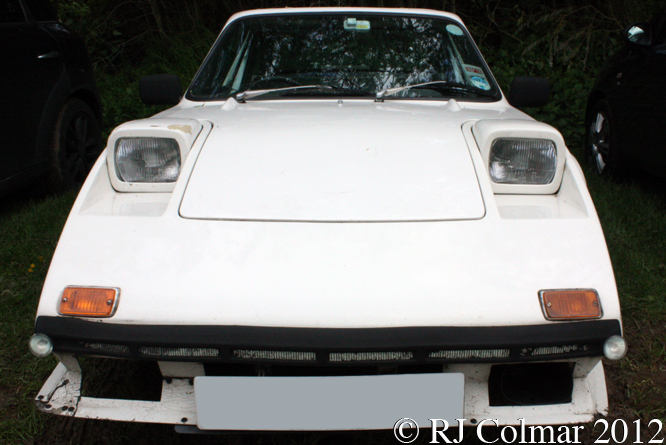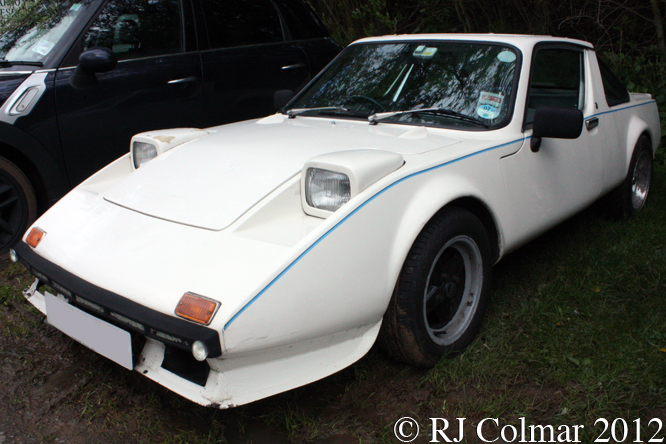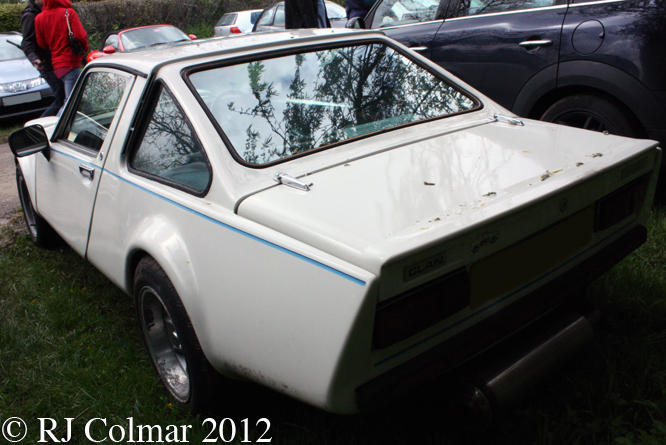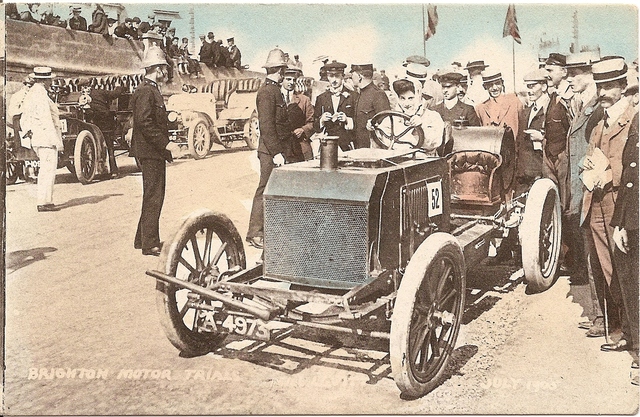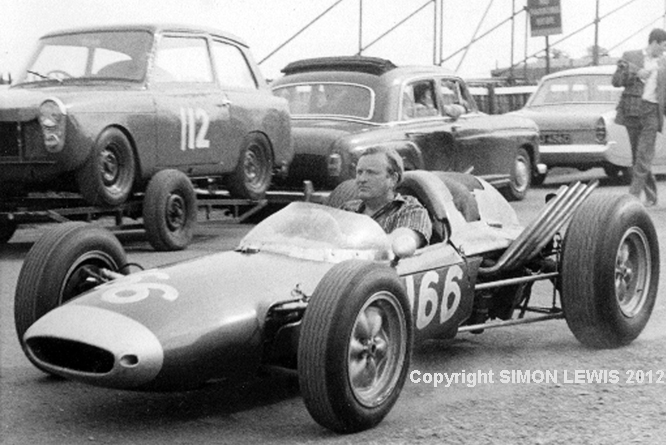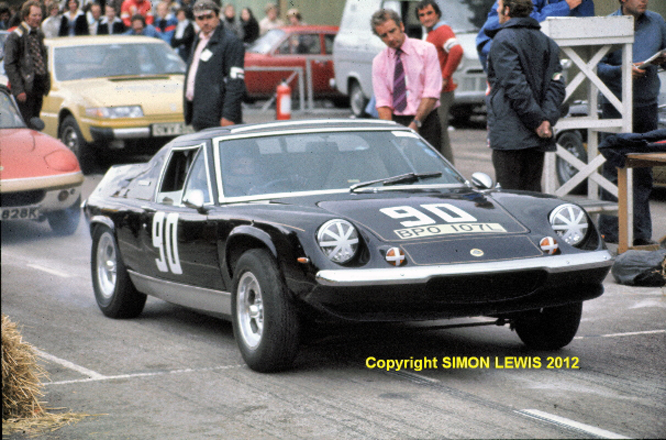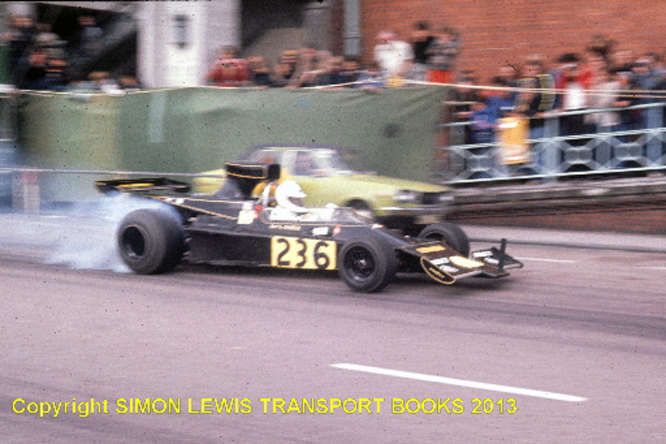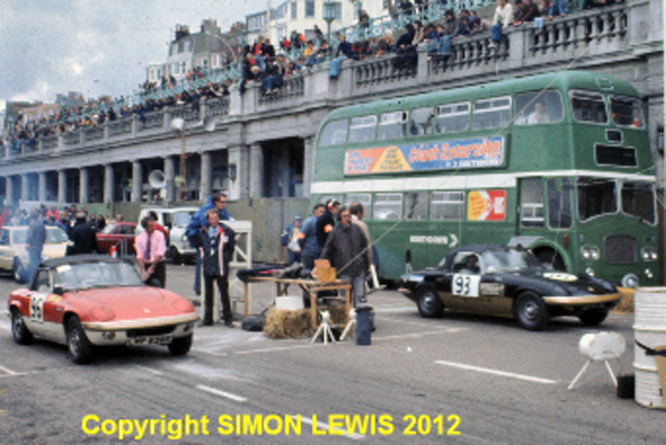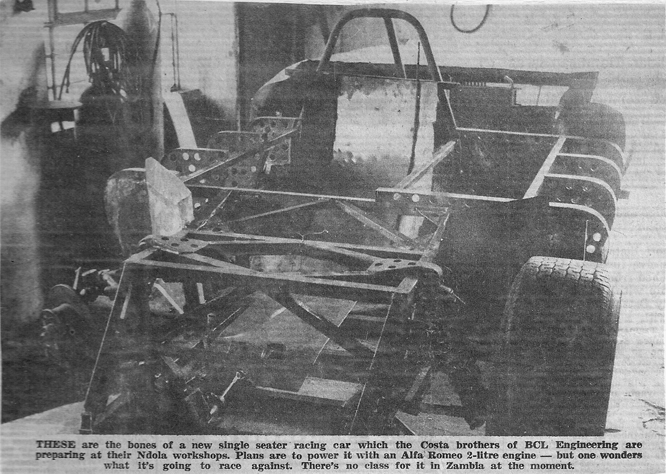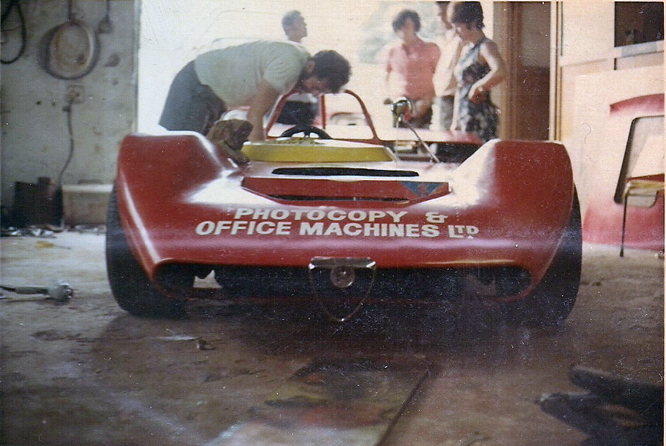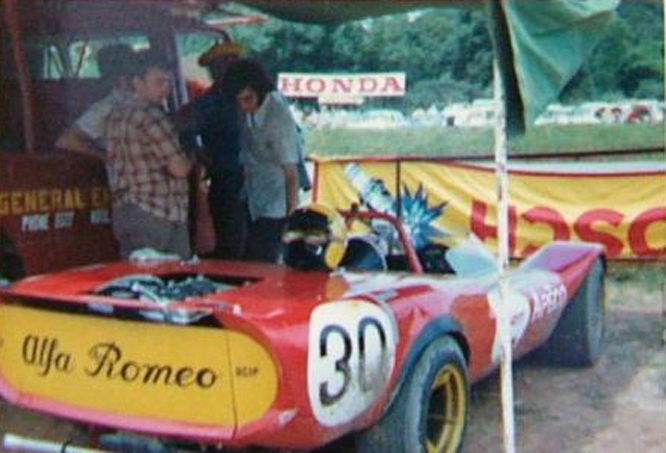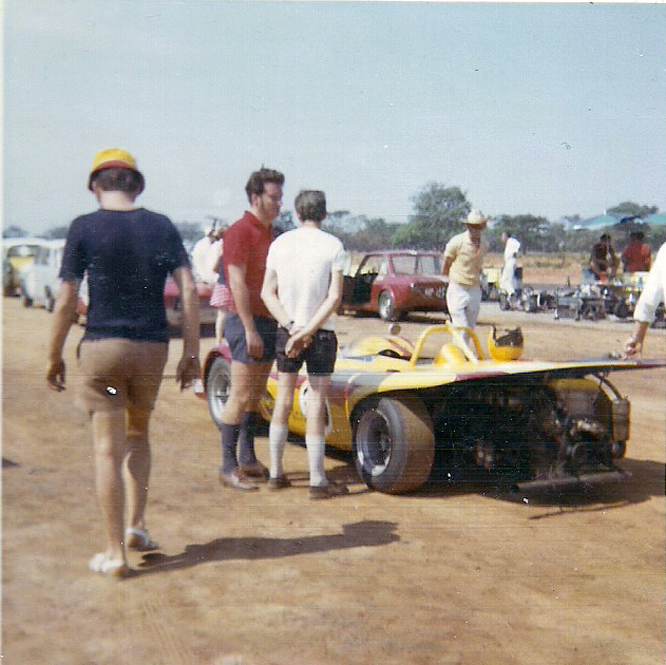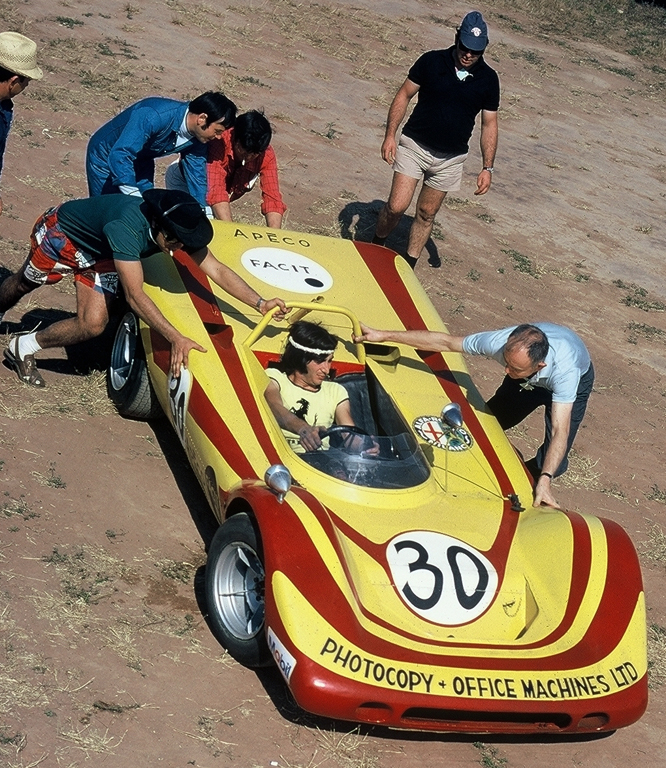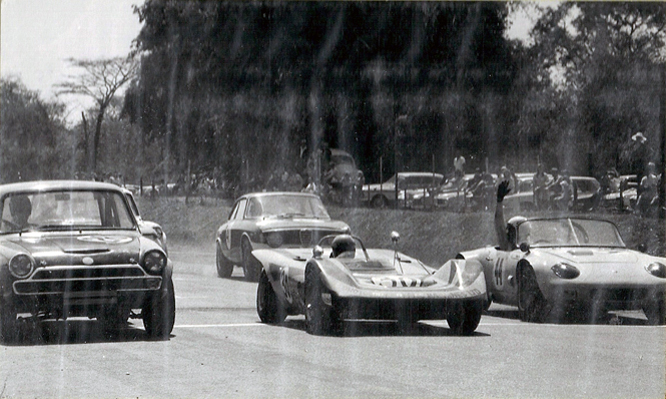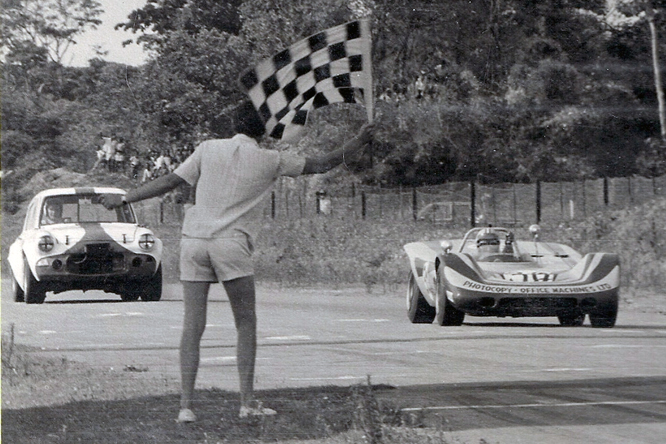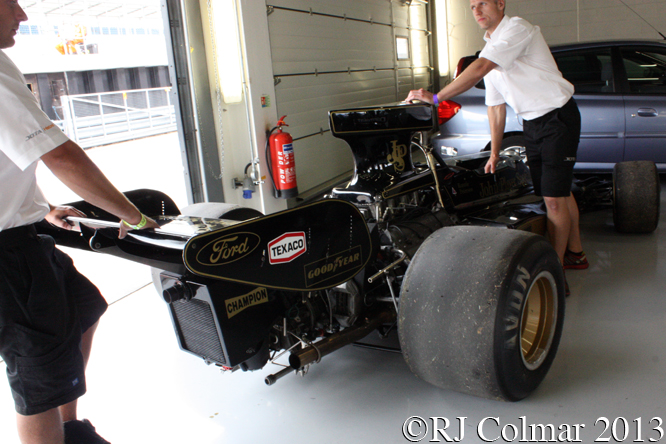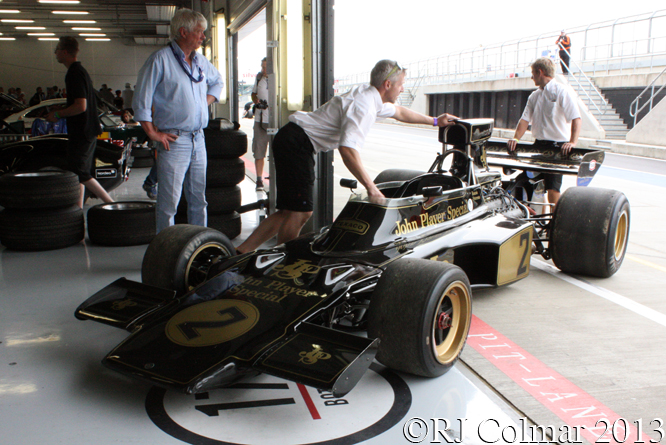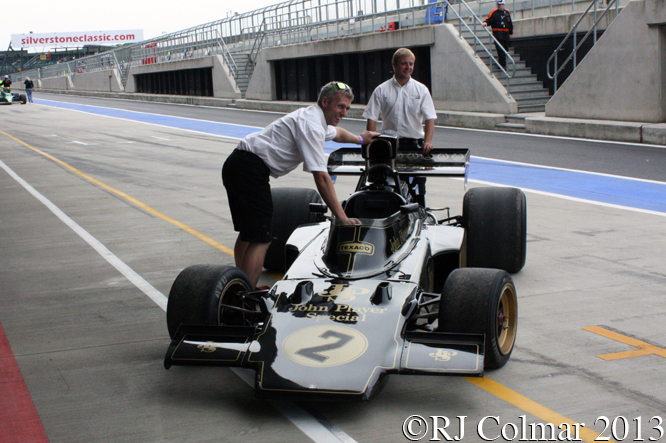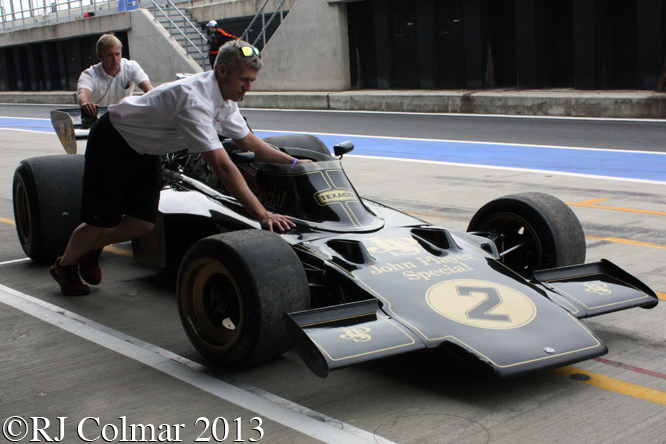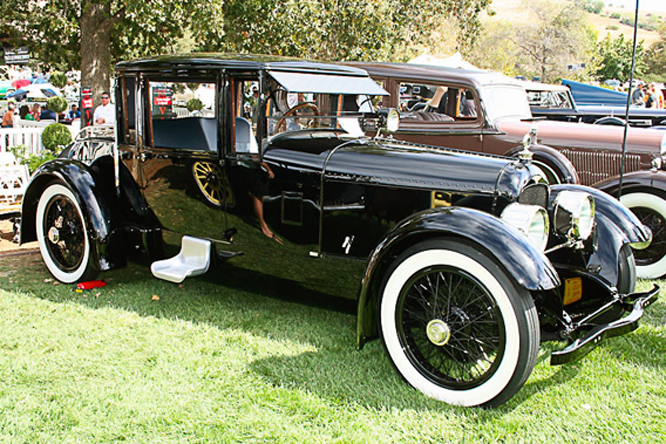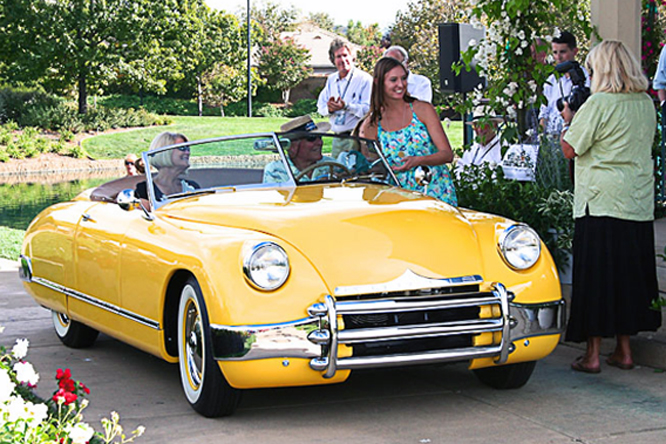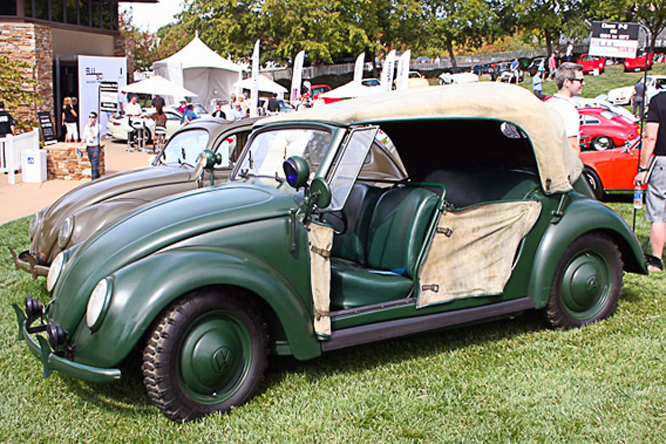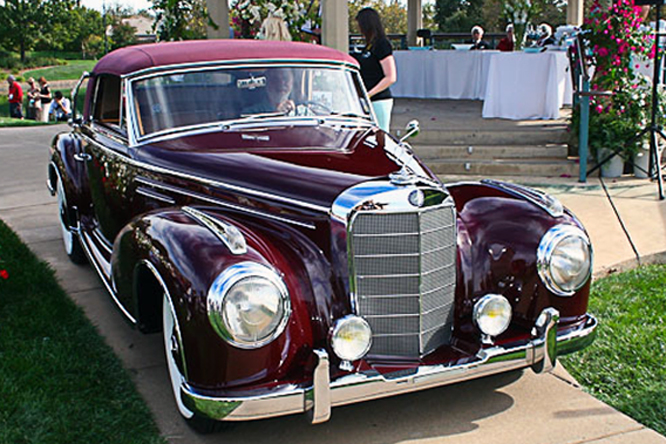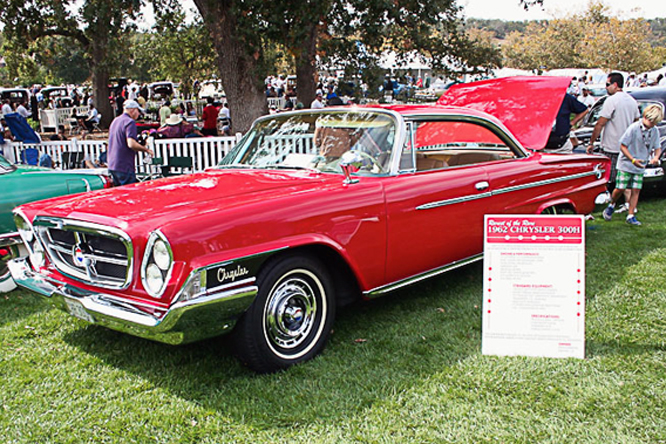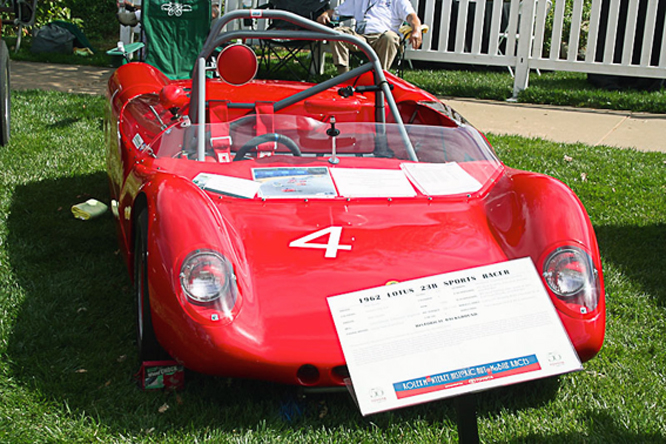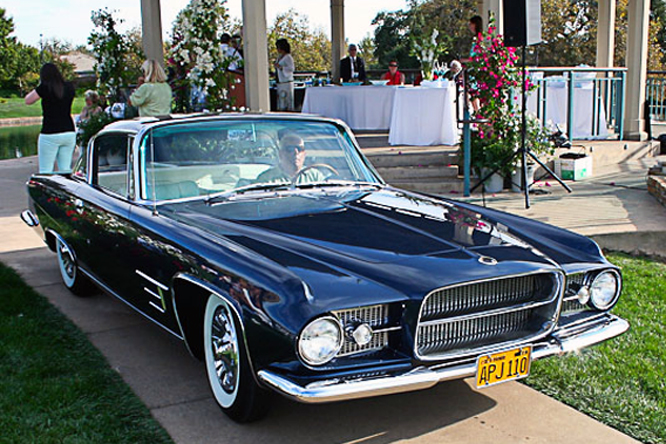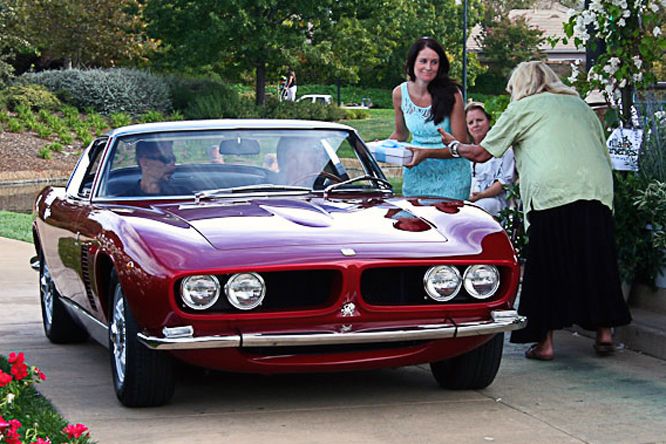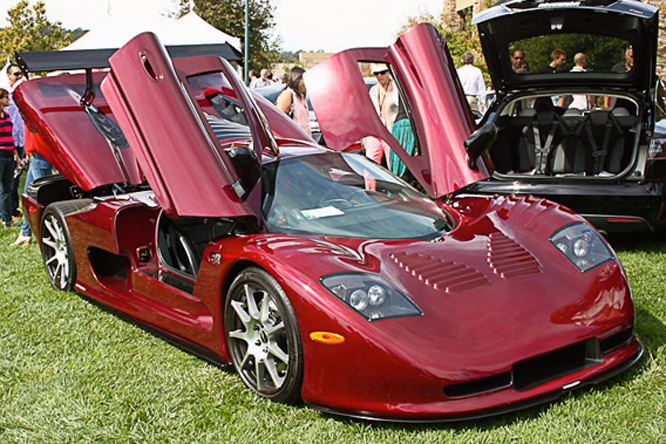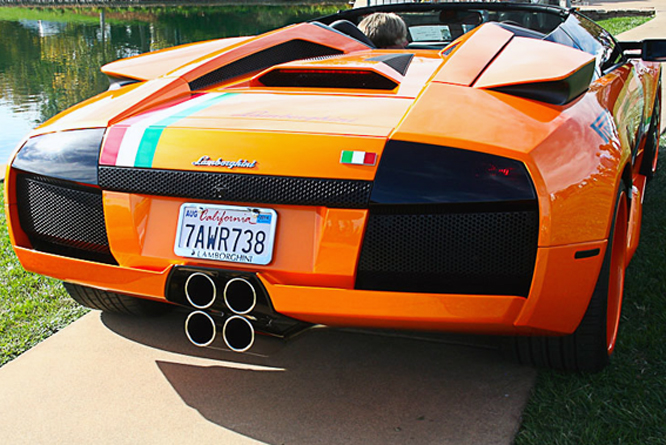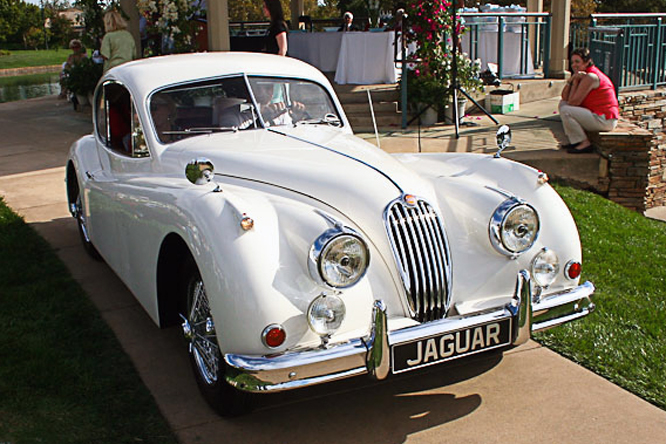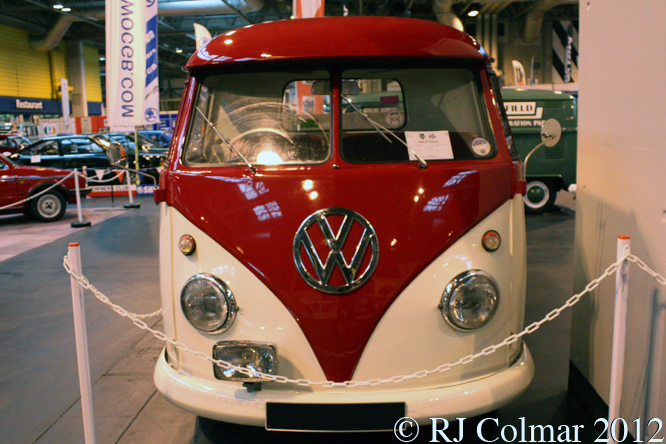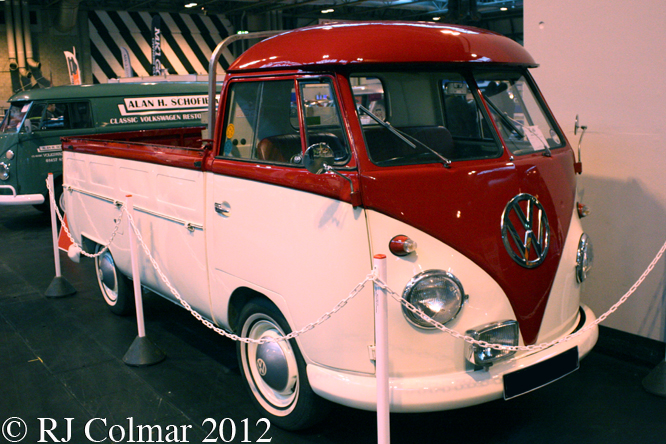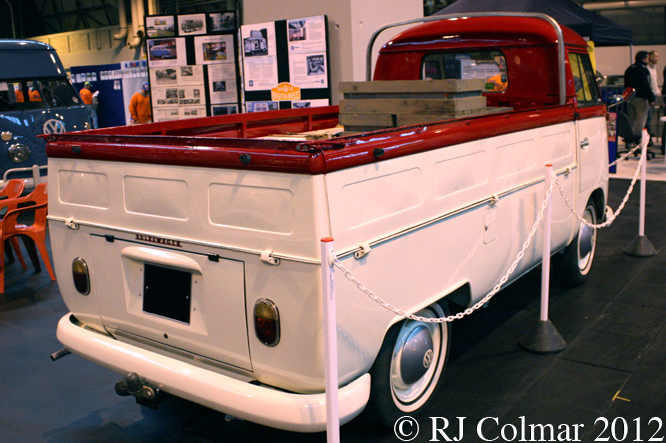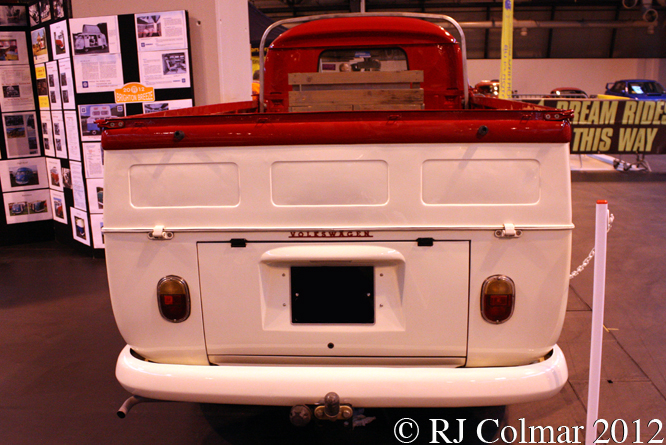In four short years Toleman Motorsport rose from sponsor of drivers in junior categories to becoming Champion Formula 2 constructors and by the end of 1980 they made an ambitious move into Formula One with turbocharged 4 cylinder Hart motors from their premises in Whitney in Oxfordshire. Over the next five years Toleman struggled to qualify for races for two year and then struggled to finish races for a further two years but high lights including three podium finishes in 1984 with rookie Ayrton Senna driving and Teo Fabi’s pole position at the German Grand Prix in 1985 showed enough promise for 1985 sponsor Benetton to buy the team.

Under Benetton ownership the team from from Whitney raced for one season with BMW motors with which Gerhard Berger scored a single win in the Mexican Grand Prix before switching to Ford motors in a partnership which lasted until 1994 when Michael Schumacher won his first of two consecutive championships in 1994 despite two disqualifications and a highly contentious maneuver which eliminated his only championship rival in the season finale. By now the team had moved to premises in Enstone, Oxfordshire.

In 1995 Benetton secured a supply of Renault Motors with which Michael secured his second championship before moving to Ferrari. Benetton slipped from 1995 Constructors Champions into a graceful decline until 2001. A year earlier Renault bought Benetton out but refrained from renaming the team Renault until 2002 when their latest motor was fully competitive.
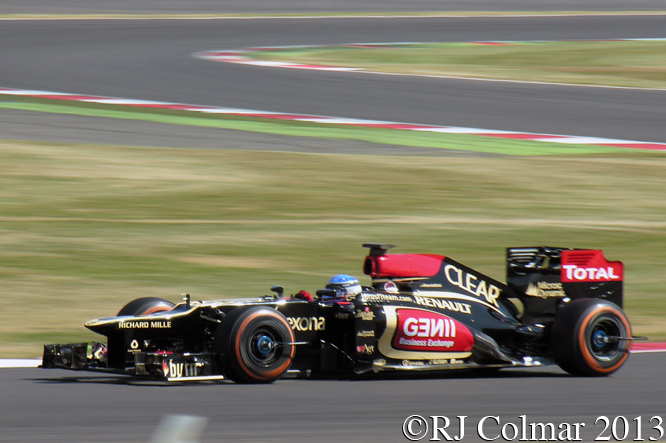
Under Renault’s ownership the team from Enstone won two drivers championships with Fernando Alonso in 2005 and 2006 breaking Michael Schumachers five year strangle hold on the championship. Renault also became only the second French constructor after Matra in 1969 to win the Constuctors Championship in 2005 and 2006. Alonso left for an ill feted spell with McLaren in 2007 but returned in 2008 for a two year spell during which the team could not match McLaren or Ferrari for top honors.

After a scandal involving race fixing allegations in 2009 Renault moved swiftly to divest itself of it’s interest in the Enstone team and the Luxembourg group Genii Capital became majority owners of the team which in 2011 was rebranded Lotus Renault GP. In 2012 the somewhat underfunded Lotus Renault GP Team pulled off a coup by bringing Kimi Raikkönen back to Formula one after an enforced sabbatical which had seen his place at Ferrari taken by Alonso in 2010. Raikkönen’s return netted a single win in 2012 for the team now known simply as Lotus F1 at the Abu Dhabi Grand Prix.
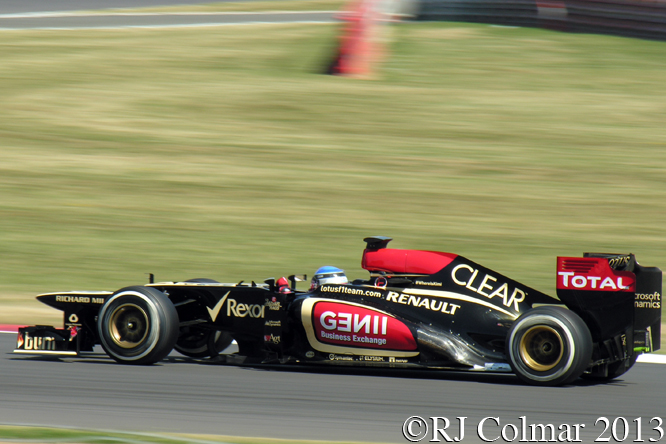
Last season promised much for Lotus F1 as Kimi Raikkönen took a comfortable win in the Australian Grand Prix and there was talk of a new backer being brought into the team. Kimi followed his win up with a string six second place finishes and until midway in the season looked to be a genuine contender for the title until the development of tyres decisively went to the advantage of Sebastian Vettel and Red Bull. By the seasons end the promising backer had all but disappeared and it emerged that Lotus F1 were struggling to pay Kimi his promised bonuses to the point where Kimi had a back operation and missed the last two races of the season consequently dropping from 3rd to 5th in the seasons standings secure in the knowledge that for 2014 he would be returning to Ferrari to partner Fernando Alonso the man who usurped him at the end of 2009 !
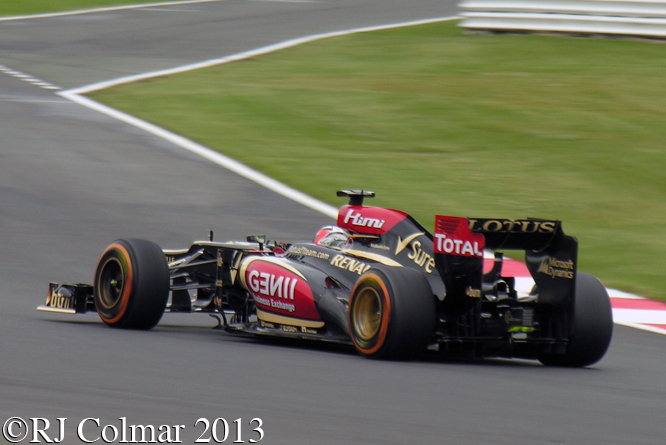
Lotus F1 who name their cars with an E for Enstone were among the last to confirm a drive train deal for 2014 and the last to show their 2014 contender will start the season with Kimi’s team mate Romain Grosjean and Venezuelan Williams refugee Pastor Maldonado sharing the driving duties. 4 time champion Alain Prost’s son Nicholas is seen driving the unnamed car in the 3rd and final photographs during the Young Driver Day at Silverstone last year.
You can follow the fortunes of Lotus F1 on their website linked here, on their facebook page linked here and on their twitter feed linked here.
Thanks for joining me on this “Promises, Promises” edition of “Gettin’ a li’l psycho on tyres” I hope you will join me again tomorrow. Don’t forget to come back now !


